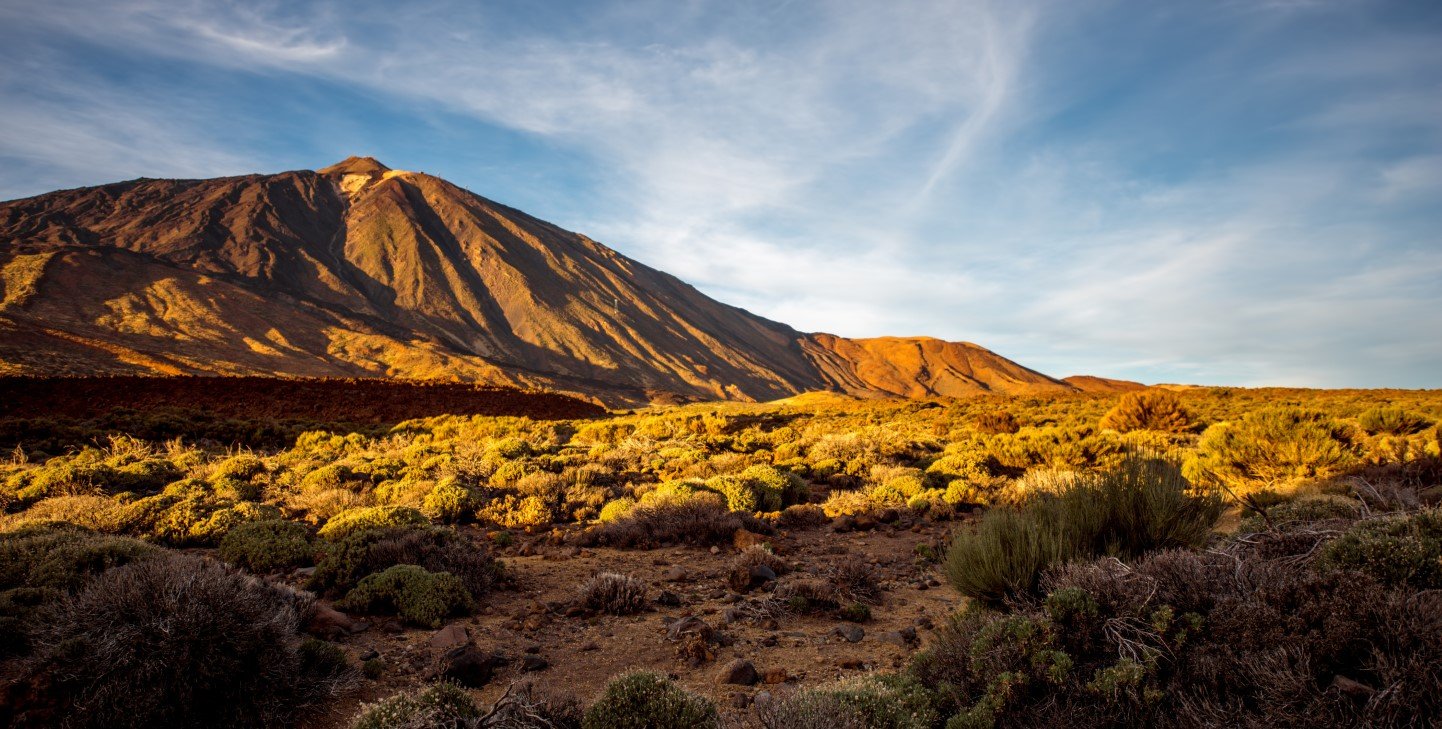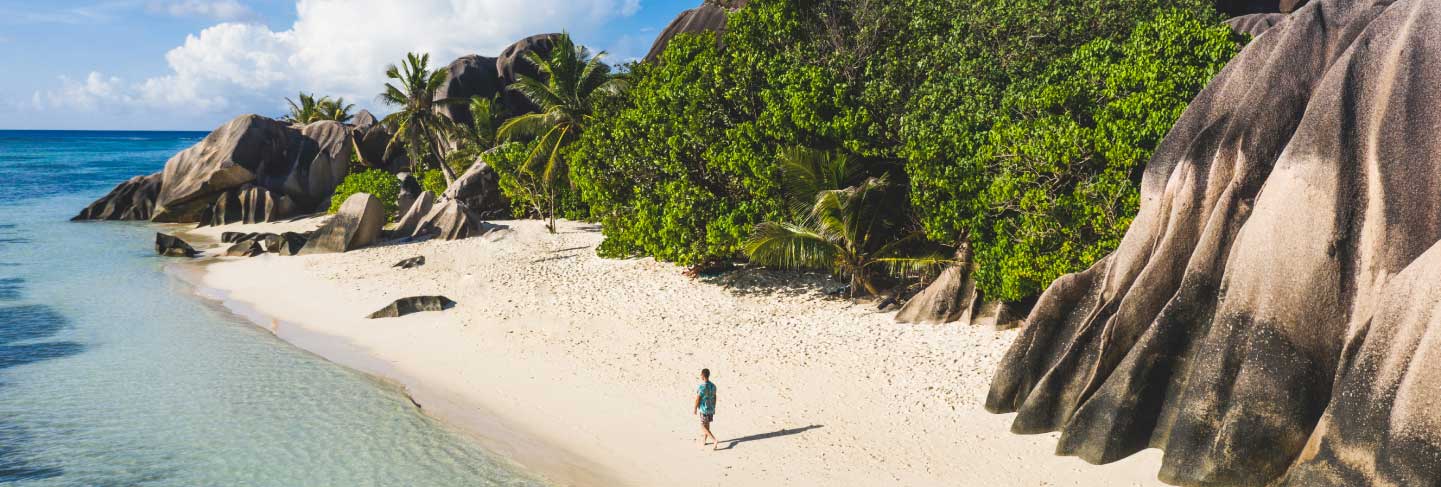Climate action plan
Climate action
What we’re focused on
Supporting local partners and communities
GVI does long-term conservation and community development project work throughout the year. We support community-led efforts to protect the planet through volunteering, capacity building, and fundraising.
Investing in conservation
We work to protect and restore biodiversity, reverse habitat destruction, and prevent species extinction. This involves working with local partners to plant trees, restore mangrove forests, and corals to offset our carbon footprint.
Influencing and campaigning
We strive to use any power or influence we have, to meet climate change with systems change. We encourage our global network to campaign local governments and companies to implement policies that positively impact the planet.
Our goals
The climate impact of our programs is expressed in kilograms of CO2E per participant per week. Our emission calculations are based on including all stages of participating in our programs. This includes flights, airport transfers and program transport, accommodation, meals, and our central office team’s support.
Our calculated climate footprint does not include our teams working from home and commuting, nor does it include participant’s travel in their spare time and on weekends. The reason for excluding this is it varies greatly and is very difficult to measure and only forms a small component of our overall carbon footprint.
Compared to travel industry averages our trips are relatively low carbon (once you get there). This is due to our approach to simple and communal living, a mainly vegetable and grain-based diet, and staying in one place for the duration of the program.
We are always working to reduce our carbon footprint where we can, and each of GVI’s hubs has a carbon management plan to identify where we can reduce our footprint further.
We work conserving coral reefs, rainforests, mangrove and seagrass ecosystems which are known to sequester a lot of CO2. We support locally-led initiatives such as planting trees, restoring mangrove forests, planting corals.
We actively fundraise for reforestation and rewilding projects for local partners via our charity, GVI Foundation, to support these carbon offsetting projects with the required resources.
Our key metric that we report on is the kilograms of CO2E per participant per week by each location. We measure our carbon footprint for each of GVI’s hub and combine these with our central office calculations to get our total carbon footprint as a global organisation.
At the beginning of each year, we compile an annual impact report that includes the previous year’s carbon footprint and our key climate initiatives. The impact report also details our carbon management goals for the year ahead and the progress we have made against these goals.






